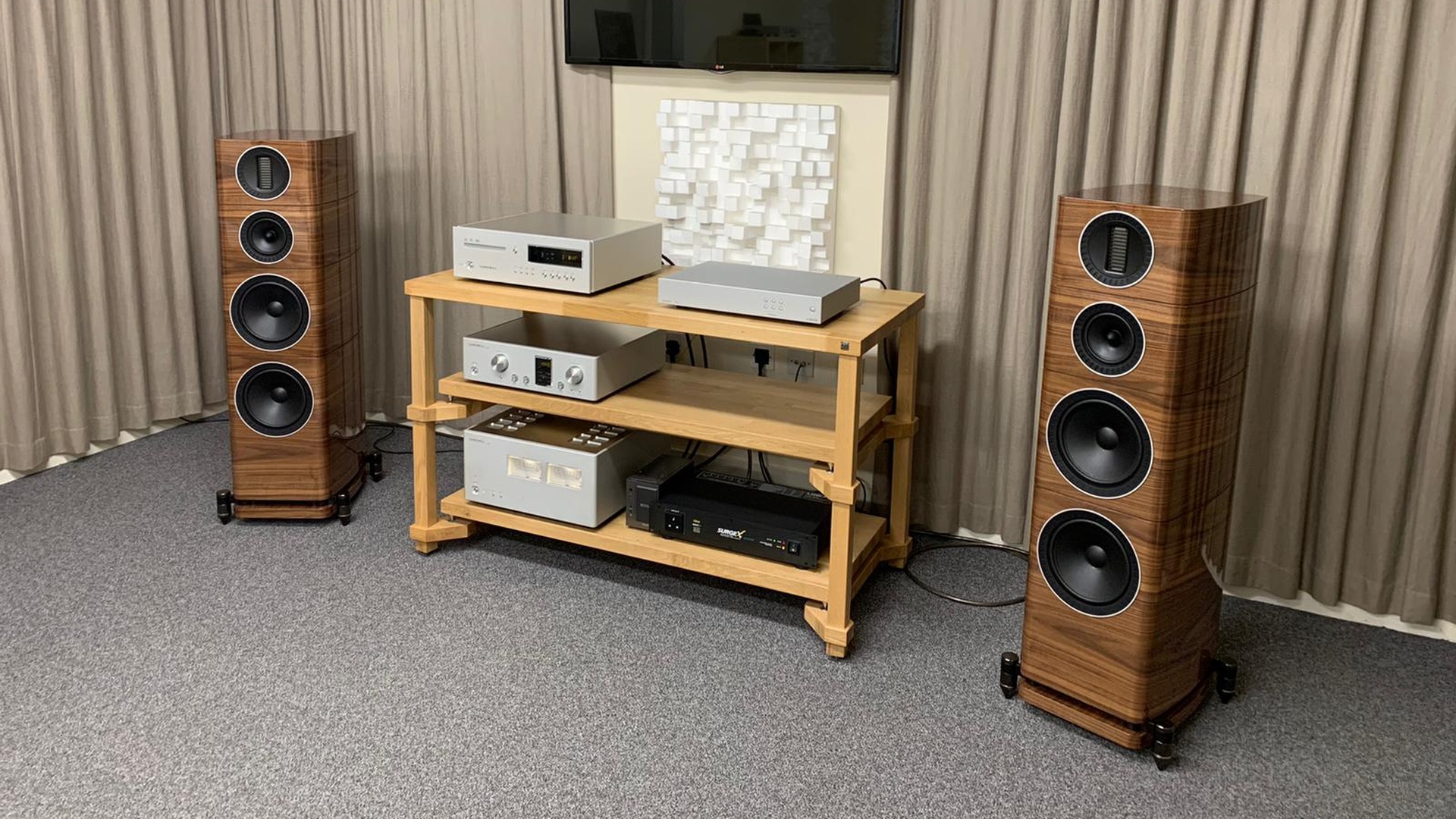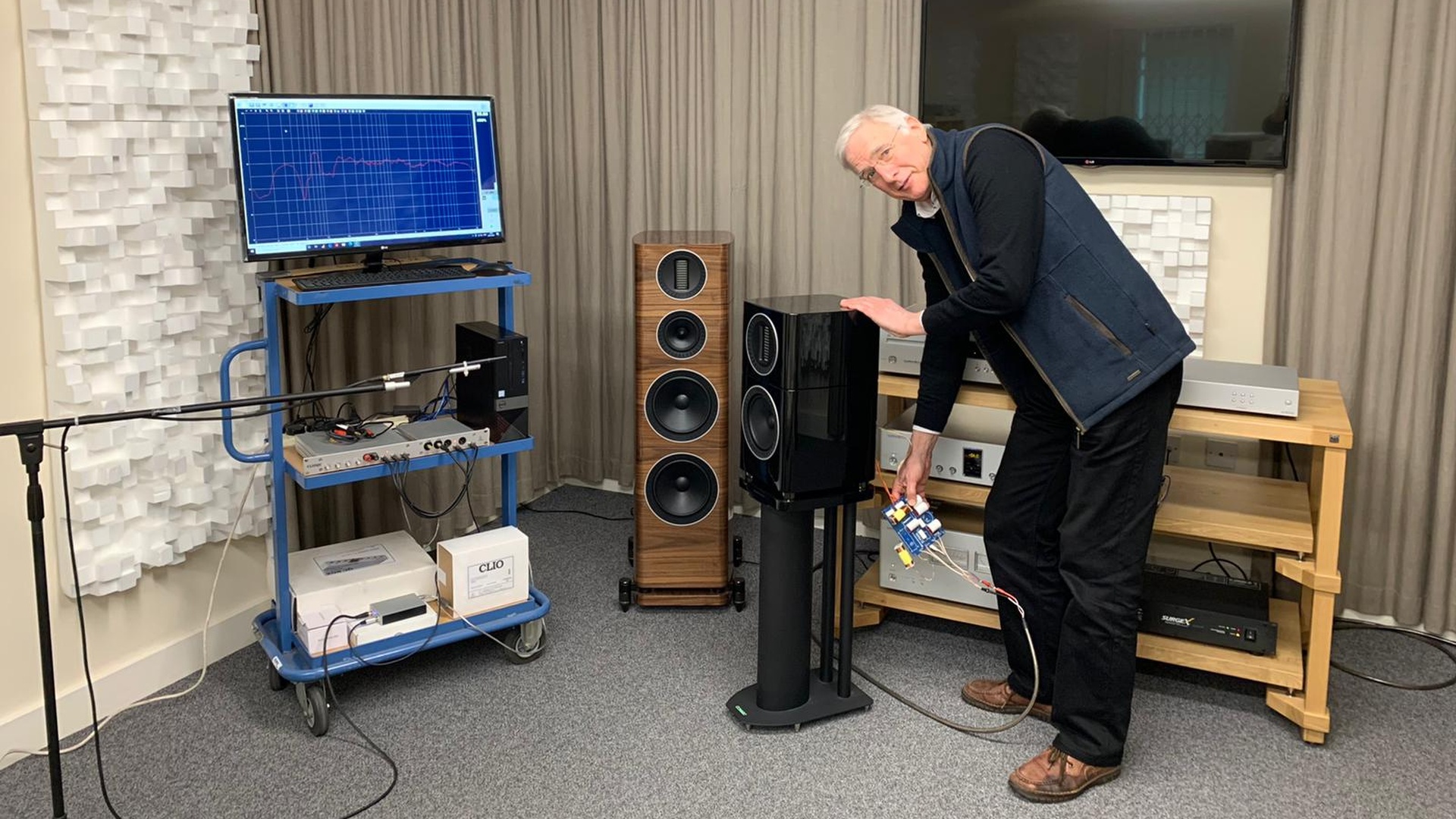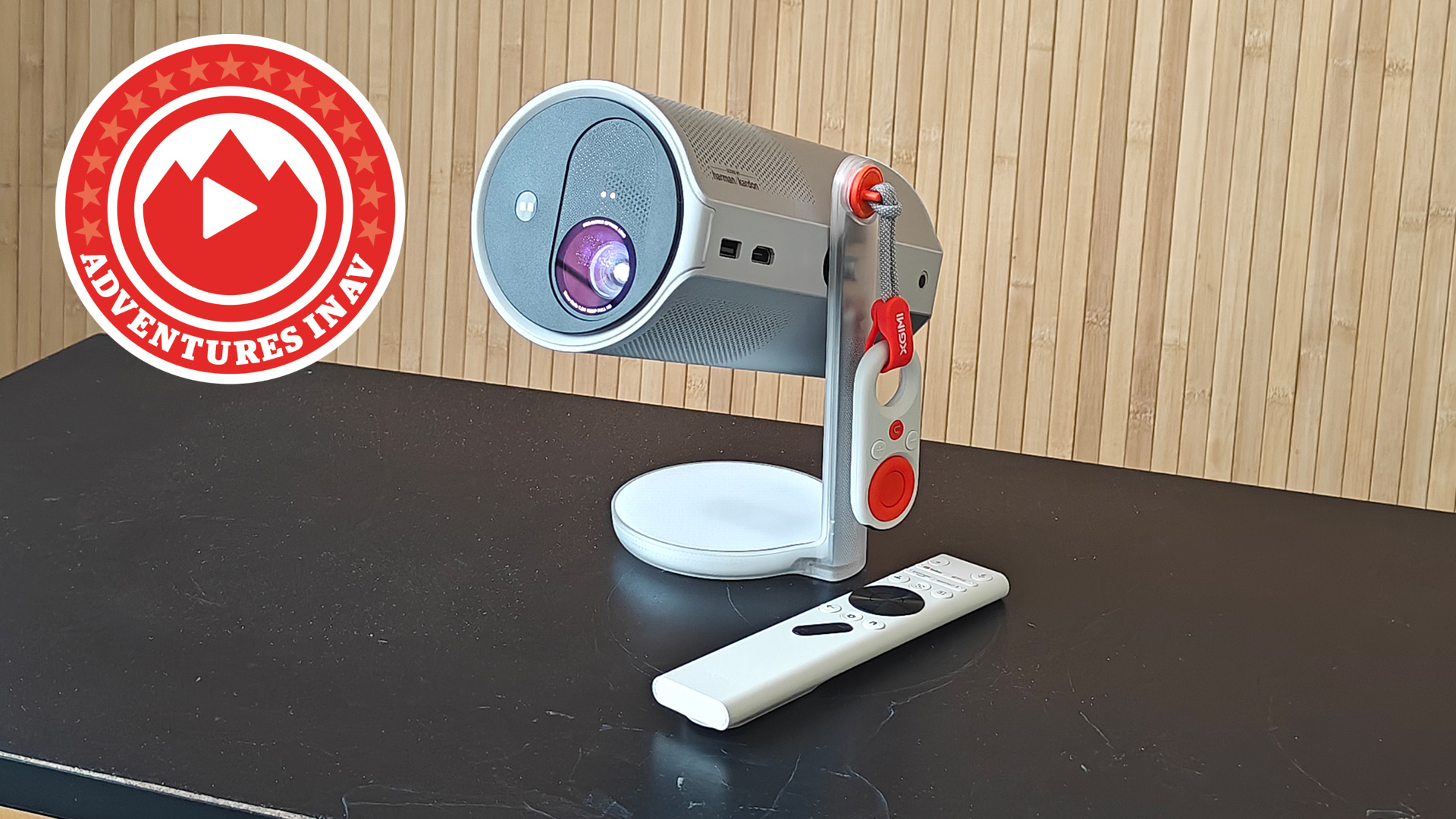Inside the test rooms: Audiolab, Quad, Wharfedale
Behind the scenes with some of hi-fi's biggest brands

Have you always wondered what goes on behind the scenes at the world's biggest hi-fi brands? Where do they test and tune their products, what kit do they use and what do their listening rooms look like?
You can already get a glimpse of the What Hi-Fi? test rooms – just head on over to our about us page where we talk about how we test and the reference products we use to help deliver the most trusted AV reviews in the industry.
But what about hi-fi brands? Products go through an extensive testing process before they make it over to What Hi-Fi? towers and we thought it would be nice to bring you a behind-the-scenes look at where the magic happens for a number of different manufacturers. The test rooms where designers and engineers spend hours developing, tuning and listening to new products, be it a brand new pair of stereo speakers, a music streamer or stereo amplifier.
Over the coming weeks and months, we’ll be taking you behind the curtain of a number of different hi-fi manufacturers, and we’re kicking off the series with one of the biggest…
Powered by Luxman
The International Audio Group (IAG) owns several of the biggest hi-fi brands in the business, including Audiolab, Luxman, Mission, Quad and Wharfedale. The group has an international presence and access to a number of listening rooms in different countries, but one of its main facilities can be found in Huntingdon, in the UK.
Its main reference system combines flagship electronics from Luxman, including its D-10X CD/SACD player, C-900u preamplifier and M-900u power amplifier with a pair of Wharfedale Elysian 4 speakers.
Peter Comeau, IAG’s Director of Acoustic Design, explains the system: "The Luxman system is very good for a reference electronics setup, as the power amplifier maintains its composure into all sorts of loudspeaker loads and, with its accompanying preamplifier, has just the right combination of tonal neutrality and musicality to let us know how speakers perform. The CD player has the bonus of providing excellent SACD high-resolution playback."
The latest hi-fi, home cinema and tech news, reviews, buying advice and deals, direct to your inbox.
Product development doesn't solely happen in the test room, though. It's is a long process and a lot of technical analysis goes into the components picked to use in a product.
"Product development starts with a technical analysis of the design and its components using a variety of lab test equipment, and relating this to the design goals set by the software tools used to produce the first prototype," explains Comeau.
But measurements are only one part of the equation and when prototypes arrive in the listening room, it’s time to load-up the test tracks. “Using a variety of music, often hundreds of hours of listening tests will be undertaken, with tweaks being made, for example, to a speaker’s crossover or a circuit layout or component choice, in order to refine the musical performance.
"Small changes are made to improve the tonality or transparency and reduce coloration or distortion, and the result then checked against lab measurements or frequency response analysis in anechoic chambers, and then tweaked again until the senior engineer is satisfied,” says Comeau.
- Read our Luxman D-10X review
Keeping it in the IAG family

Of course, one of the benefits of having so many brands under one roof and products spread across a wide range of categories is that it allows for extra flexibility during the testing and tuning process. To this end, it's not just high-end Luxman electronics that Comeau uses in the test rooms.
“I also use Quad Vena II and Audiolab 6000A amplifiers and an Audiolab 6000N streamer to evaluate speakers, so I can hear what they sound like on equipment of commensurate price. Again, both the Quad and Audiolab amplifiers meet the requirements of tonal neutrality and musicality while being more critical of difficult loudspeaker loads.
"It’s pointless designing low and medium-cost speakers which have demanding impedance characteristics, and these amplifiers serve as a good check of how speaker prototypes will sound in customers’ homes”.
Comeau also explains why the Wharfedale Elysian 4 make the cut and also reveals another pair of interesting speakers also play their part. “The Wharfedale floorstanders aren’t difficult to drive, while their seamless presentation and the precision and vibrancy across the spectrum make them good analytical tools for accompanying electronics.
"We also use Quad ESL-2812 electrostatic speakers in the Huntingdon listening room, which are so superbly free of any coloration or distortion that we can easily hear through to the source.” The Quads are actually firm What Hi-Fi? favourites too, and looking back at our 2013 review, we said their sense of cohesion, "makes most conventional speakers sound just a little broken" – high praise indeed.
- Read our Quad ESL-2812 review
Huntingdon might be IAG’s main test facility but the company doesn’t take a ‘one room tunes all’ approach. There are additional listening facilities used at other sites and dotted around the company are key designers who also have their own reference systems.
“Listening tests are conducted all over the world. It’s important to gather opinions that take into account differing tastes in different regions, and also listen to products in different acoustic environments, with a range of partnering equipment and a wide variety of music types. One pair of ears should never be the sole arbiter of taste!”
Take Jan Ertner, a lead electronics engineer for Audiolab and Quad as an example. He uses a pair of modified Quad ESL-63 electrostatic speakers as the focal point of his personal reference system. According to Ertner, knowing components like the back of his hand allows him to quickly identify the effect other components have on his system when they’re introduced. It also explains why the company appears to stick to their own products when it comes to reference equipment. “This speaker setup is particularly important to my work; I’ve used it for many years and it's the ‘window’ through which I can clearly hear everything I need to hear.”

But does IAG look further afield to see what other brands are up to? It must be tempting to test and benchmark purely against products from IAG's brands, but Comeau confirms that IAG does take notice of what’s happening in the marketplace. “We also listen to products that we admire from other manufacturers – it’s important to stay abreast of what others are achieving, and market trends as a whole.
"That said, we don’t benchmark against other brands as a matter of fixed process; we know the qualities that are sought by the customers of each brand within the group and our design teams develop products to satisfy those particular requirements.”
Understandably, IAG wants to keep true to the values of its customers while also thinking about ways to improve its next generation of products. This relatively insular view is no doubt a luxury that only such well-known and well-loved brands can afford. And the approach certainly seems to be working.
We've got more big brands from the world of hi-fi lined up to take us on a tour of their test rooms, so stay tuned for the next entry in this series.
MORE:
Our pick of the best speakers you can buy
How to build the perfect hi-fi system
Looking for a bargain? Here are the best hi-fi and audio deals
Andy is Deputy Editor of What Hi-Fi? and a consumer electronics journalist with nearly 20 years of experience writing news, reviews and features. Over the years he's also contributed to a number of other outlets, including The Sunday Times, the BBC, Stuff, and BA High Life Magazine. Premium wireless earbuds are his passion but he's also keen on car tech and in-car audio systems and can often be found cruising the countryside testing the latest set-ups. In his spare time Andy is a keen golfer and gamer.

